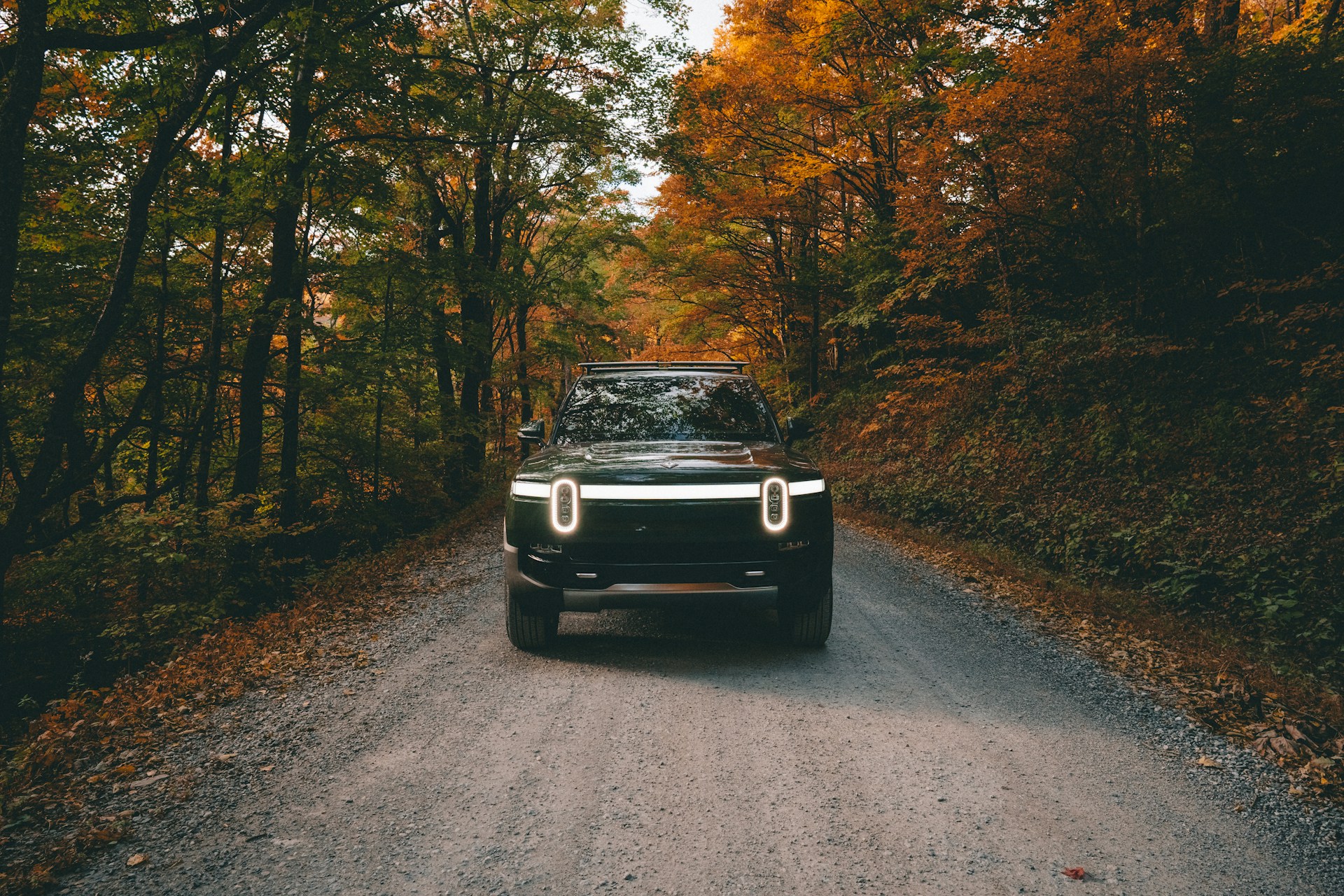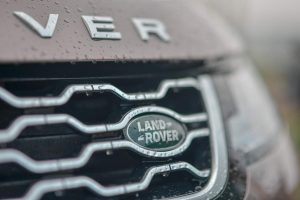A car company’s first vehicle tells you a lot about their intentions, but their second one really shows how they’ve grown. Rivian, an electric vehicle manufacturer, has now introduced what they call the second generation of their R1 series. We tested the 2025 R1S, and while it looks similar to its predecessor, there are significant improvements beneath the surface.
Better Suspension, Better Ride
The good news is that Rivian has been paying attention to feedback from customers and reviewers. Many noted that the original R1S had some issues with its ride and handling, especially compared to the more refined R1T pickup. Problems included inconsistent responses from the front and rear ends, and a steering feel that was disconnected from the vehicle’s movements. Additionally, the SUV would squat excessively under hard acceleration, making it feel like a speedboat trying to get up to speed.
For the 2025 model, Rivian has made several changes to the suspension. The front springs are now softer, while the rear springs are stiffer. They’ve also updated the bushings, top mount rings, hydraulic roll-mitigation system, and adaptive damper tuning. These changes help the vehicle handle more cohesively, making the steering and chassis work together better. The R1T pickup’s suspension remains largely unchanged, except for the shared updated bushings and top mounts.
With these updates, the R1S no longer has nose-high launches thanks to the firmer rear springs, and the vehicle’s overall balance has improved. However, a couple of issues remain. The rear end is still a bit underdamped, causing some bouncing over minor road imperfections. Rivian’s engineers are hopeful they can fix this with a software update. Also, the suspension can hit the bump stops on the highway, but Rivian has made these stops softer and longer, making the impact less harsh.
Impressive Power Options
If you’re interested in performance, Rivian has you covered with powerful options. The Dual-Motor setup remains the same, offering 533 horsepower and 610 pound-feet of torque. The Dual-Motor Performance version also stays the same, delivering 665 horsepower and 829 pound-feet of torque. These models can be identified by their silver brake calipers and black badge outlines.
For those seeking even more power, Rivian now offers a new Tri-Motor configuration. This setup combines a single motor up front with two motors at the rear, producing 850 horsepower and 1103 pound-feet of torque. Tri-Motor models feature yellow brake calipers and badge outlines, a color previously used for the Quad-Motor versions.
The most powerful option is the Quad-Motor setup, which boasts 1025 horsepower and 1198 pound-feet of torque. This is slightly more than the Tesla Model X Plaid, likely not a coincidence. The Quad-Motor models have teal accents and a badge on the liftgate showing Rivian’s mascot, a yeti named Gear Guard, with fur blown back by the immense power. Both the Tri and Quad-Motor configurations now use motors designed by Rivian, replacing the Bosch units used in the previous Quad-Motor model. The Dual-Motor’s motors were already designed in-house.
In summary, Rivian’s second-generation R1 lineup, particularly the 2025 R1S, showcases the company’s growth and commitment to addressing customer feedback. With improved suspension and a range of powerful motor options, the R1S is set to offer a better driving experience while maintaining its impressive performance capabilities.



